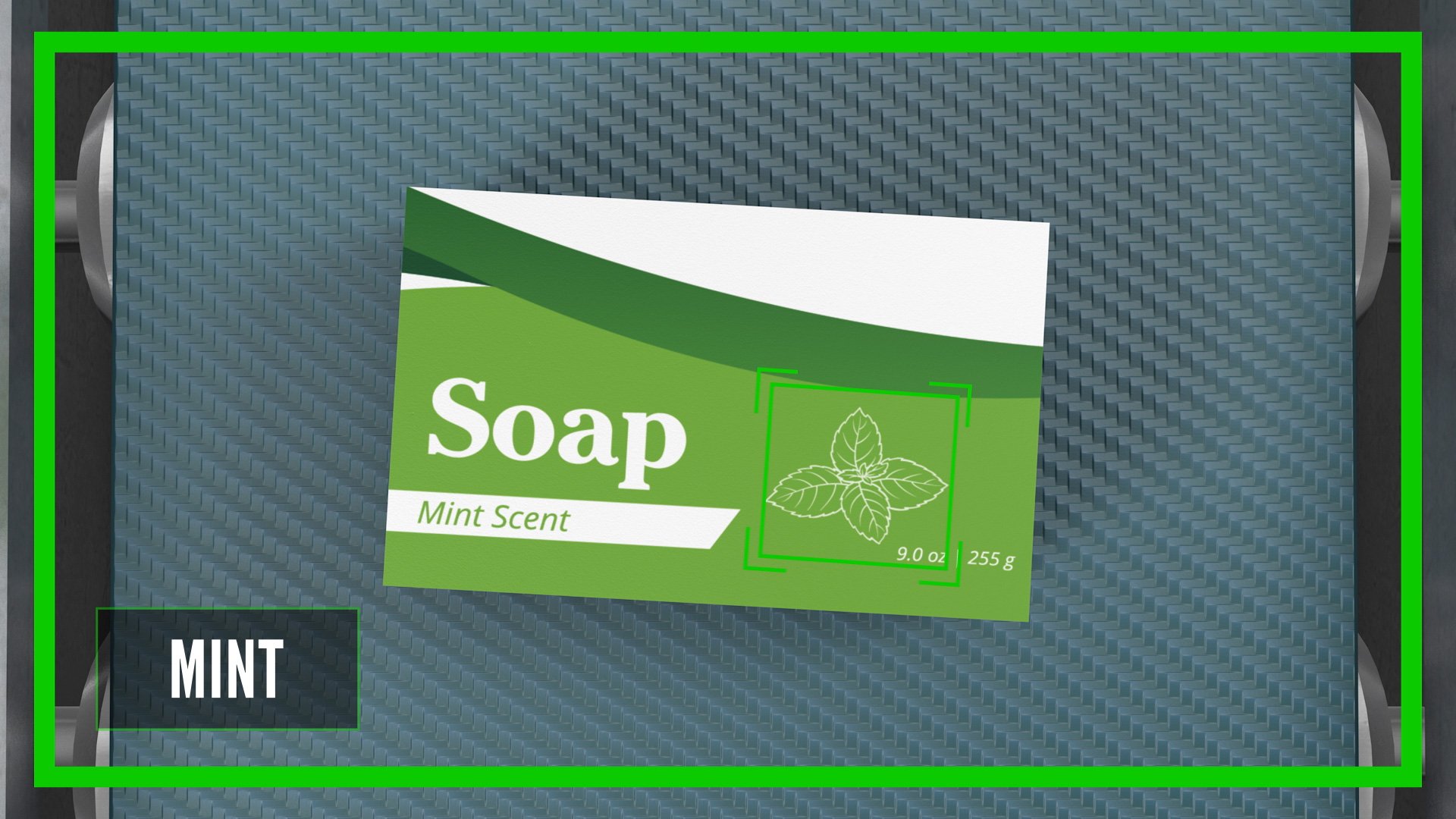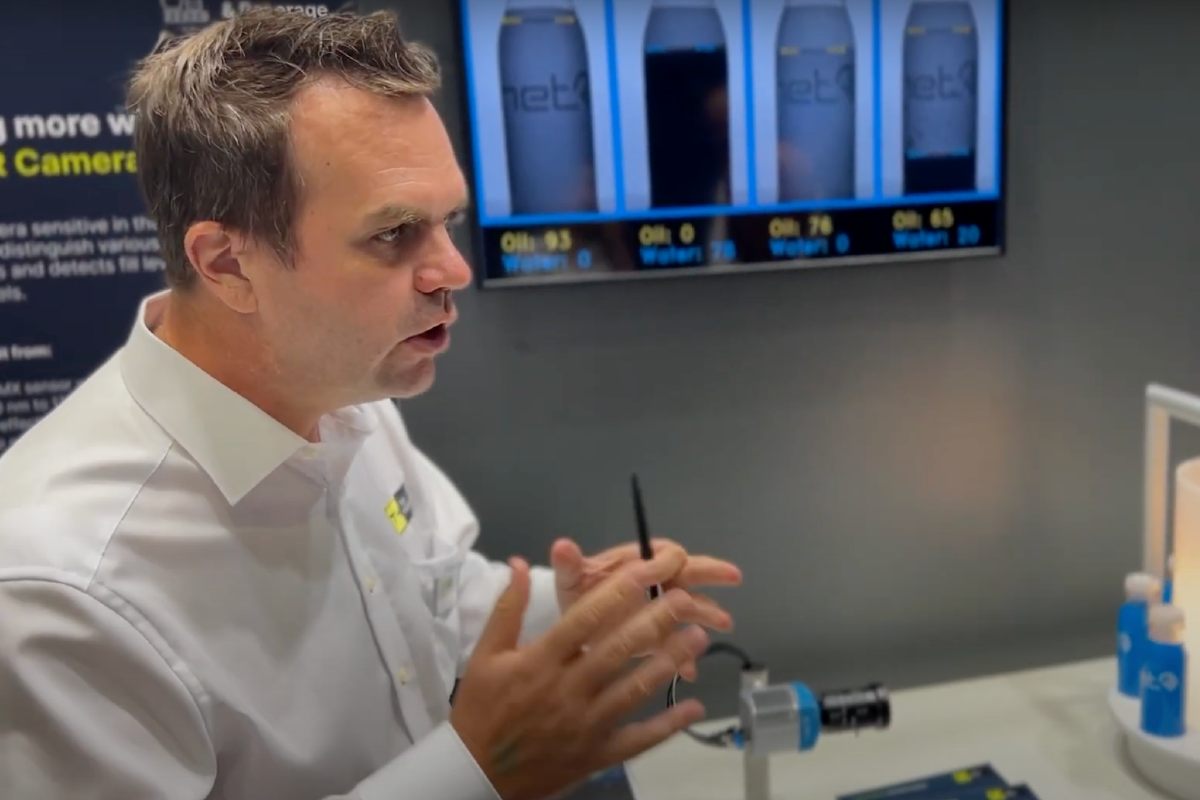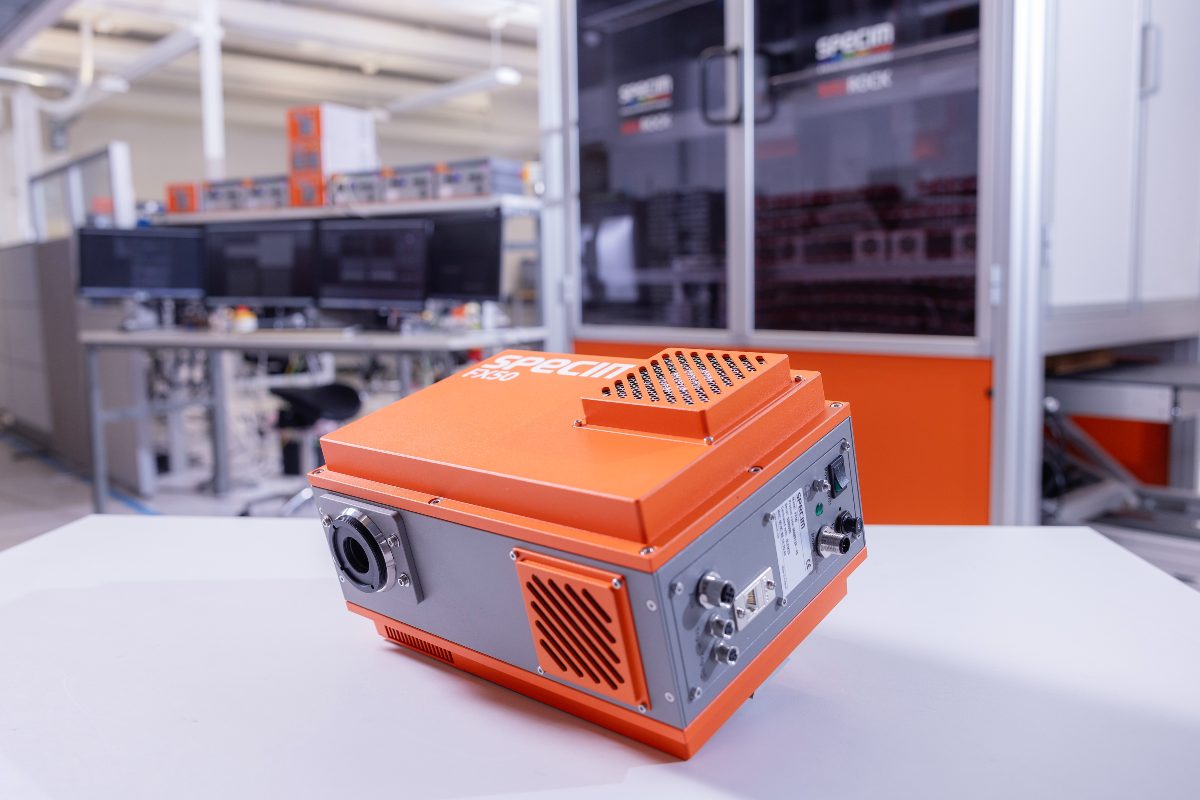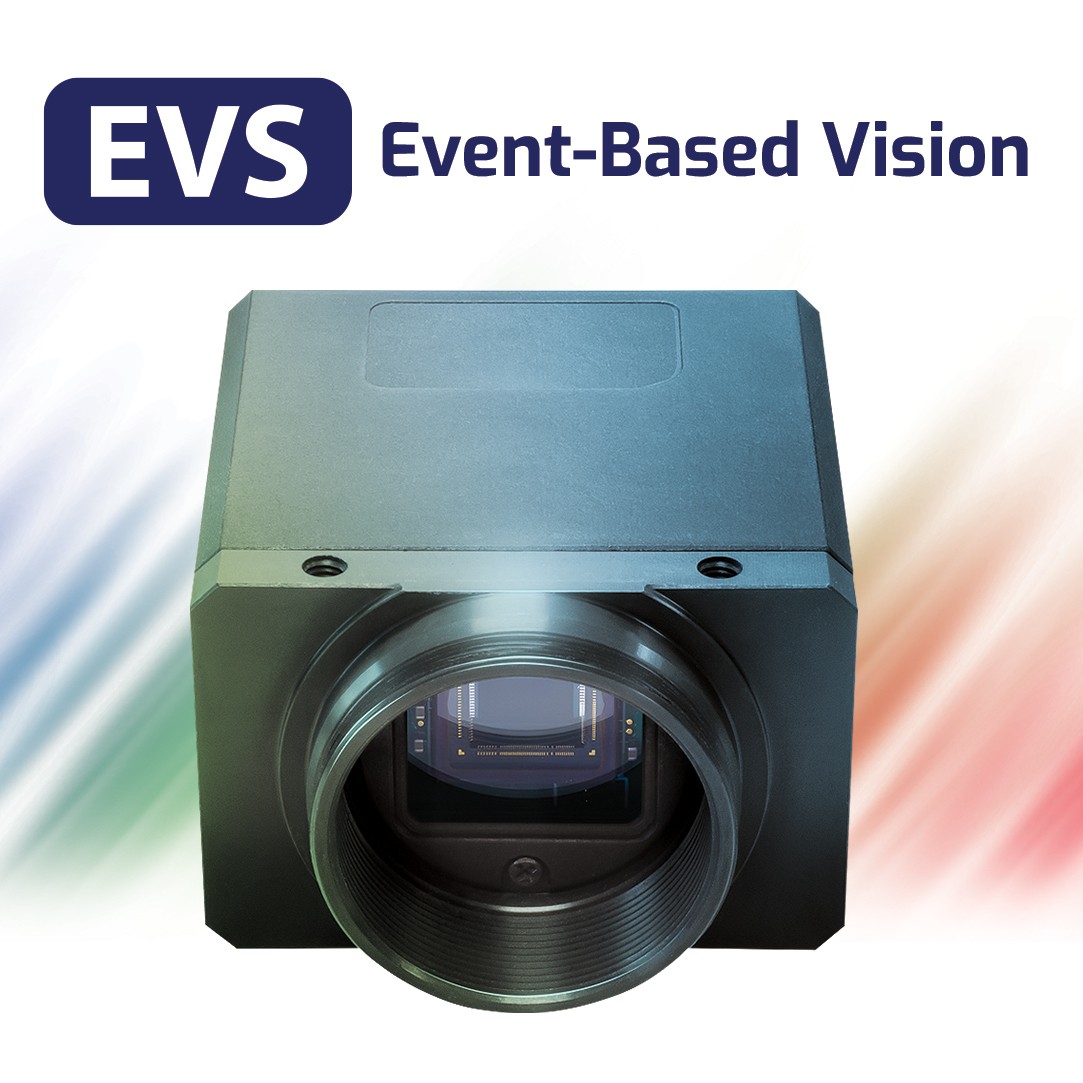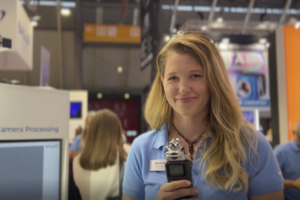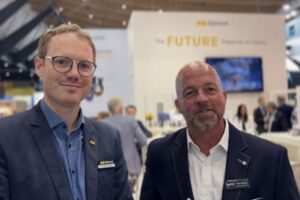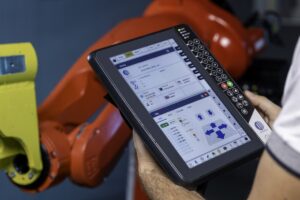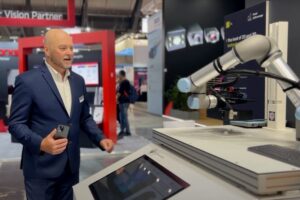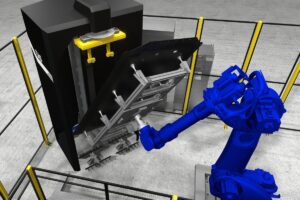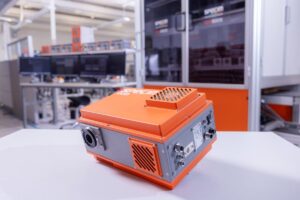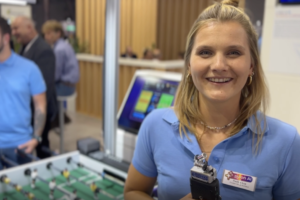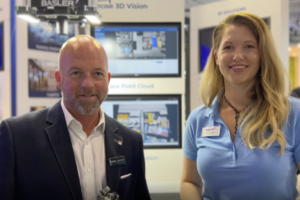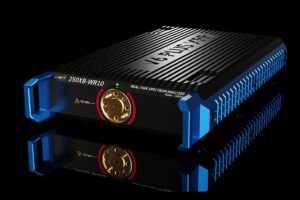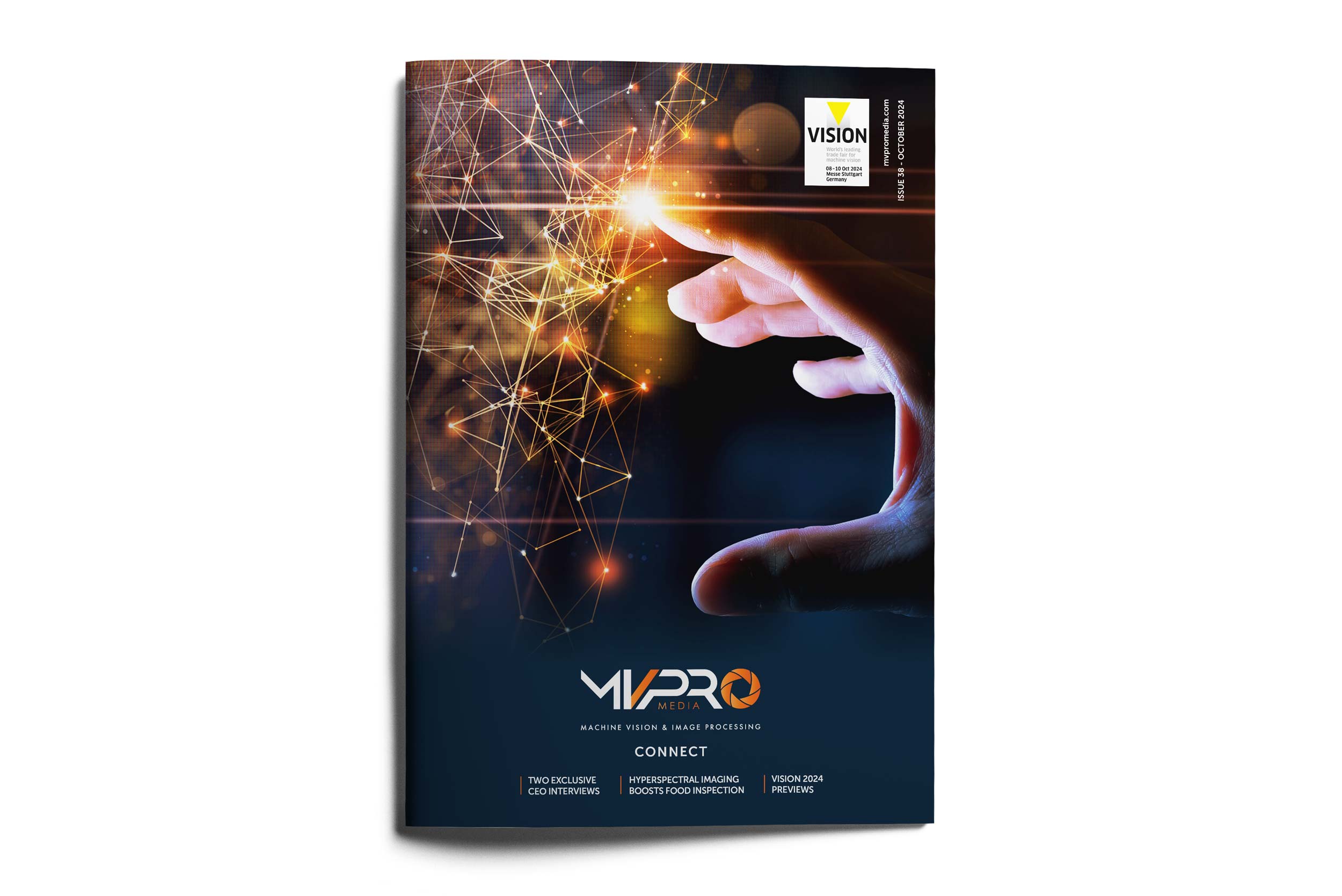Often times, line and automation engineers would like to use machine vision and deep learning to improve their inspection rate and accuracy, accelerate their lines, and eliminate the need for manual inspection. However, there is a common misconception that implementing this technology is complex and requires either specific technical knowledge or the assistance of machine vision experts. That’s no longer the case.
Deep learning is now easier to use than ever with the introduction of new technologies that process images at the “edge.” Deep learning at the edge, more informally referred to as “edge learning” is a subset of machine learning in which processing takes place directly on-device using a set of pre-trained algorithms.
Optimised for the needs of factory automation, the In-Sight 2800 vision system uses edge learning technology to solve a range of applications, quickly and easily. The system can be deployed within minutes and requires no deep learning or machine vision experience.
How long does it take to train someone to use edge learning on In-Sight 2800?
Learning how to use the In-Sight 2800’s basic capabilities takes very little time. An engineer can plug in the system, point it at the part they want to inspect, capture training images, and be producing useful output in less than ten minutes.
 In-Sight 2800 is designed for factory floor use, and a significant element of that design is the point-and-click EasyBuilder development environment. The intuitive interface provides the feedback necessary for optimizing the process, while allowing the user to experiment with the effects of various choices, such as different lighting colors or focus points.
In-Sight 2800 is designed for factory floor use, and a significant element of that design is the point-and-click EasyBuilder development environment. The intuitive interface provides the feedback necessary for optimizing the process, while allowing the user to experiment with the effects of various choices, such as different lighting colors or focus points.
What does it mean to classify something?
“Classifying” is the process of assigning useful categories to parts for purposes of inspection. In inspection, those categories are often OK/NG, separating acceptable (passing) from unacceptable (failing) parts by detecting defects. Classification can also involve sorting products into multiple categories, such as different part variations, or different configurations of a kit containing multiple objects.
What’s an example of how to use edge learning-based classification?

Say your product is a container that includes a scoop for measuring the contents. Each container must have one scoop included. When the containers come down the line, the scoops can be at a variety of angles or partly concealed by the container contents.
Simply capture three or four images of each condition using the In-Sight 2800 (or upload existing images): no scoop, one scoop, more than one scoop, and label which conditions are acceptable and which are not. The In-Sight 2800 will make its own decisions on how to differentiate these and the EasyBuilder interface will show you how confident it is of its categorisation.
If you miscategorise one of the images, you will see the confidence level drop, and you can run further analysis to find out why. Perhaps you missed a scoop in one of the cans and labelled that image as “no-scoop.” Relabel that image as the single-scoop condition, and the confidence level will go back up.
After this brief training, the In-Sight 2800 will accurately categorise each container. It can issue alerts, store the data, or send the information down the line so that unacceptable containers to be diverted. It then provides you with a statistical breakdown useful for process improvement.
Can I implement this technology with my current staff?
Using the In-Sight 2800 requires no specialised knowledge. The only knowledge required is what your staff already has: what distinguishes an acceptable from an unacceptable part, what classes your products come in, and when a product change requires updating inspections and a brief retraining of the In-Sight 2800.
So anyone working on your line or factory floor will be able to use the In-Sight 2800 with only a few minutes required to familiarise themselves with the interface.
How do I integrate the In-Sight 2800 into my current line?
The In-Sight 2800 has everything you need for immediate operation. It includes a high-resolution sensor, fast processor, a multi-color lighting, the option for a high-speed liquid lens, and an intuitive, point-and-click interface. Beyond this, all the system needs is power and a data connection. It can be up and running in minutes, and it compact size is designed to fit in even the most space-constrained line.
